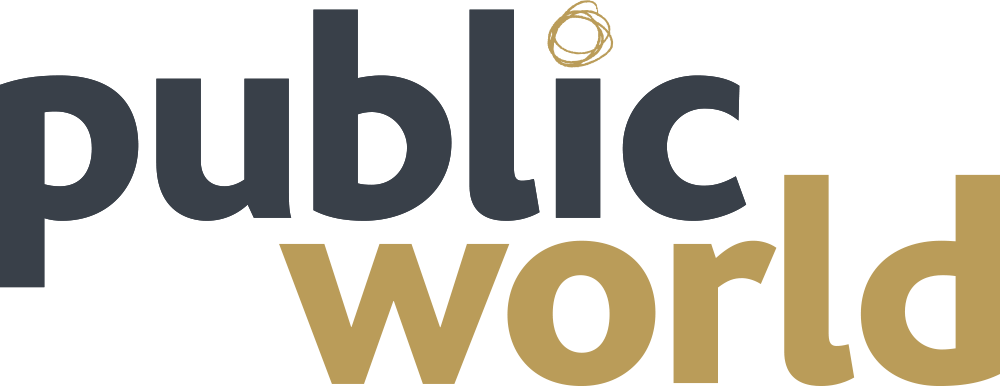In our thinking about Caring Places – Building Healthy Communities, we are learning a lot from three books – two hot off the press, the other published two years ago but increasingly resonant – about the roles of community and public services in promoting health and wellbeing.
In the wonderfully titled Health is Made at Home – Hospitals are for Repairs (Salus, 2020), former England NHS CEO Lord Nigel Crisp describes his “journey of discovery” to how “each of us can create health, improve our communities and take pressure off the NHS so it is always there when we need it.”
The book goes on to describe the work of ten “health creators”, people whose initiatives are contributing to the health and wellbeing of their communities and show, as Lord Crisp puts it, “that we need to take off our NHS spectacles and think about health differently”.
Alex Fox, CEO of Shared Lives Plus, explores a similar theme from a different angle in his book, A New Health and Care System: Escaping the Invisible Asylum (Policy Press, 2018), in which he notes:
“In the health and care sectors there is wide consensus on the need to keep people from arriving at hospital gates and other forms of institutional care.
“But while ideas of prevention and early intervention are based on the belief that the boundaries can be redrawn, not erased, they themselves rest on familiar assumptions about the divide between community-based citizens and the subjects of service land, rather than removing that divide.”
That important theme of the relationship between communities and institutions is the subject of Cormac Russell’s Rekindling Democracy: a professional’s guide to working in Citizen Space (Cascade Books, 2020), which notes:
“In a democracy, effective central and local governments and not-for-profit institutions function as an extension of civic life and serve to protect it.
“When institutions begin to replace civic life – doing things to or for citizens that they can do themselves or with each other – a shift from a democratic to a technocratic way of life takes hold.”
Each of these books has its own point of view and focus, but all three base their authority on many years of practical experience in the field, and are highly recommended.

